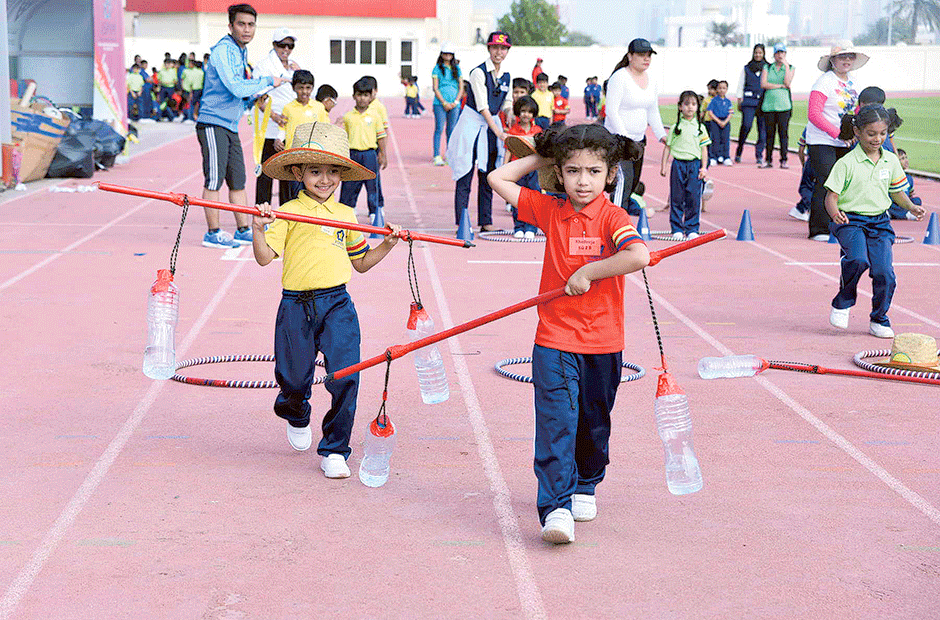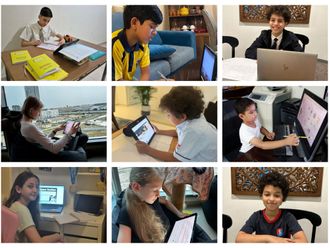
As an Indian school student aged 13, I remember staring at my algebra test paper. Covered in red cross marks, it painfully illustrated my poor maths abilities. I knew I’d be reprimanded by my parents for failing in an “important” subject.
Fortunately, after high school, I never had to look at a maths problem again. As I have since realised, contrary to common belief, mathematics, physics, chemistry and so on do not help every student. All of us do, however, have a real need for an education in health and fitness. Without knowing how to eat right and exercise, we put ourselves at risk for various health issues, including heart disease, diabetes and obesity.
Indian schools in the UAE now realise that physical education is vital to a child’s education. At Gems New Millennium School, swimming is mandatory for all students. They must also take part in aerobics and other activities such as circuit training, cycling, resistance exercises and yoga. “We’ve designated school health ambassadors to maintain an active school health forum, strengthened the school’s meal plans and hold health and fitness awareness programmes,” says Joseph Ajish of the school’s Physical Education department. A student’s body mass index (BMI) is also assessed to determine who needs more attention.
The intervention is timely, as official data shows. The Dubai Health Authority’s Schools and Educational Institutions Unit says 33 per cent of students from kindergarten to grade 12 across 176 private schools are either overweight or obese. Of these, 14-16 per cent are obese.
Those findings chime with World Health Organisation figures, which indicate that more than 36 per cent of UAE children are obese.
Besides monitoring students’ BMI, some schools offer holistic solutions. Sharjah-based Aspam Indian International School integrates science and physical education into its curriculum to help students understand how nutrition, stamina building, rest and sleep, and an active lifestyle are connected to their performance on the field or nets. “Our physical education teachers integrate physical activities in a systematic manner and follow a calendar to ensure kids are part of the school’s holistic development programme,” says Prachi Goel, Board Member at the school.
Poonam Heryani, Head of Academics at Aspam, says, “With a cohesive approach and added resources, our students get to eat better, are more active and achieve healthier weights.”












